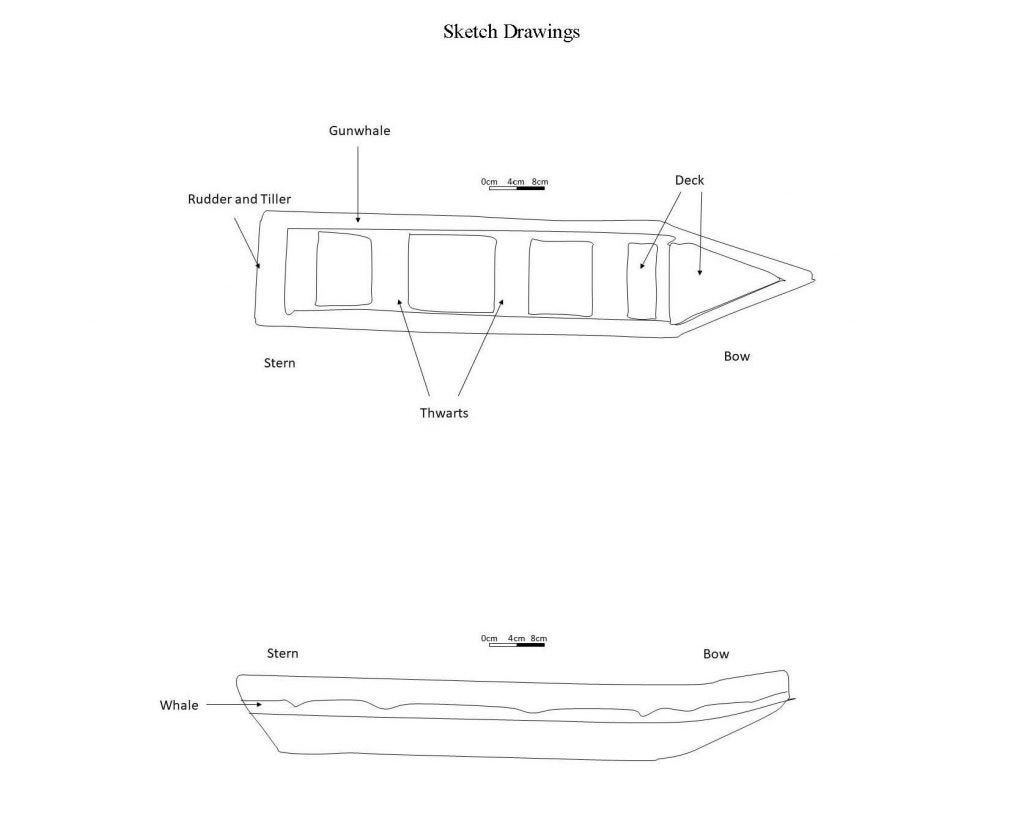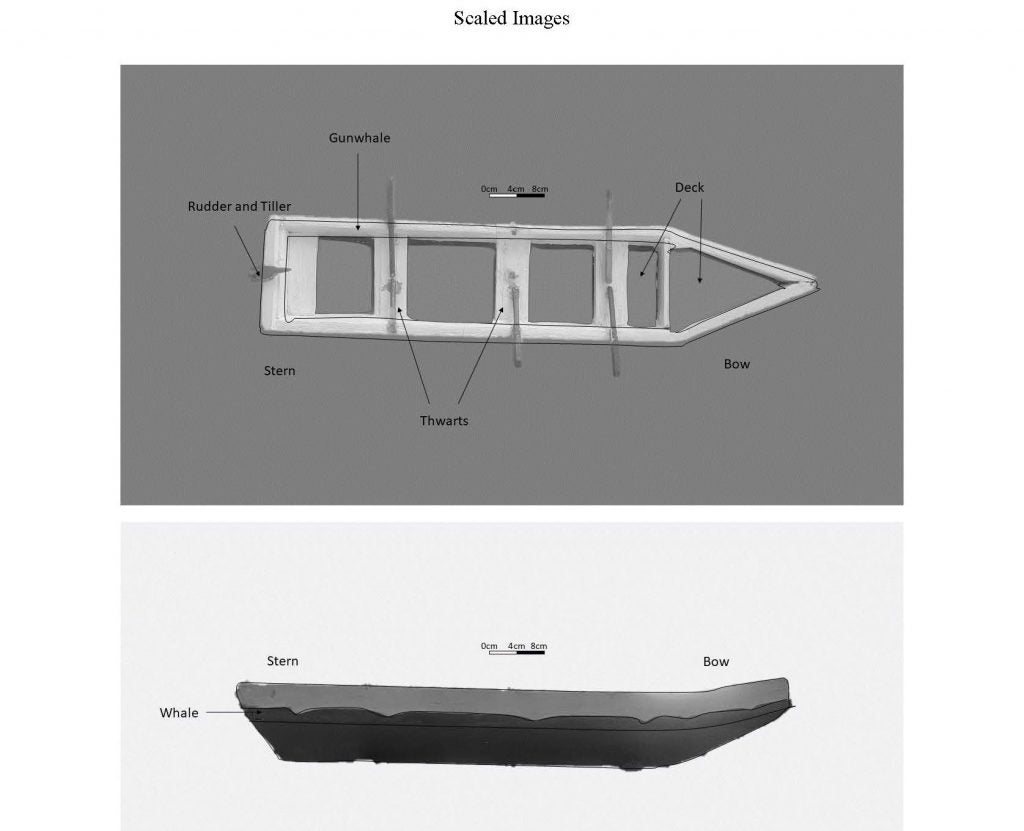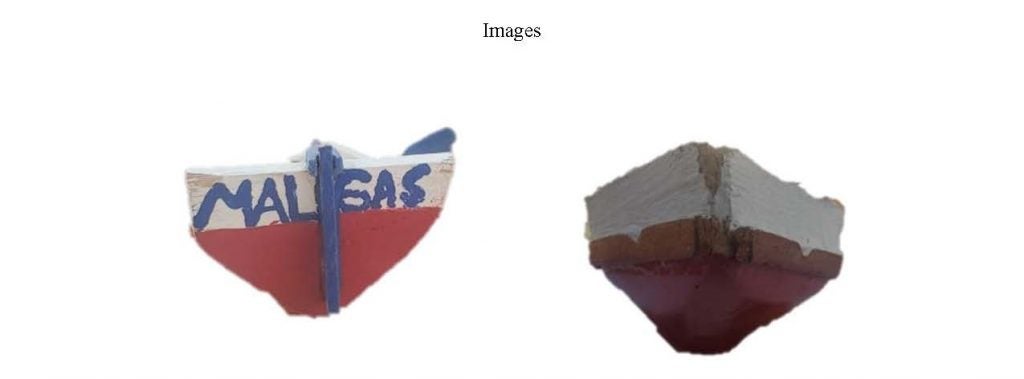Historical Context
Humans have nearly always whaled in certain regions of the world, however, the popularity and spread of whaling hit a peak during the age of colonization. During the age of colonization, European whaling hit a zenith as the need for whale oil dramatically increased. To compensate for this need, whaling began as a generally shore based operation off the colonies. Shore based whaling was mainly achieved through use of ‘whaleboats,’ which were slender, open topped, oar powered vessels that could carry a crew plus the equipment needed for whaling. However, soon the number of whales available immediately off the coasts dropped and whalers began going further out to sea and eventually began whaling around the world (Columbia University 2021, Marrero and Thornton 2011).
One region that became a place for whaling is South Africa and specifically Cape Colony. Although the Cape Colony is primarily for blue water whaling, some shore whaling occurred by people living in the colony. As a result of both the European and African influence it is quite possible for vessels to have been built with a combination of both native and European style (Richards and Pasquier 2010).
Site Description
The boat below appears to be a European-style small boat and appears similar to a vessel used in whaling. Length overall is 40.5cm and breadth is 7.4cm. The vessel is characterized by four thwarts that are roughly 5.4cm wide and 2cm long. The thwarts are not evenly spaced with the minimum distance between two being 3.4cm and a maximum distance between two being 6.4cm. The three forward thwarts have oars while the final thwart has access to the rudder via the tiller. The vessel also has a whale running along the side with several cuts, possibly decoration.
The aesthetic of the vessel is very angular with very few curves. The vessel is painted white on the gunwale and the thwarts while the deck, rudder, and tiller are painted blue. The whale on the side is unpainted and is the border between the white gunwale and the red waterline. On the rear is the of the vessel in red: Malsas.




References
Columbia University
2021 Whaleboats. Columbia University. <http://www.columbia.edu/~njs2115/Vessels/web- content/Whaleboats.html#_ftnref1>. Accessed February 18th, 2021.
Marrero, Meghan and Stuart Thornton
2011 Big Fish: A Brief History of Whaling. National Geographic.<https://www.nationalgeographic.org/article/big-fish-history-whaling/>. Accessed February 18th, 2021.
Richards, Rhys and Thierry Du Pasquier
2010 Bay whaling off southern Africa, c. 1785–1805. South African Journal of Marine Science 8(1):231-250.